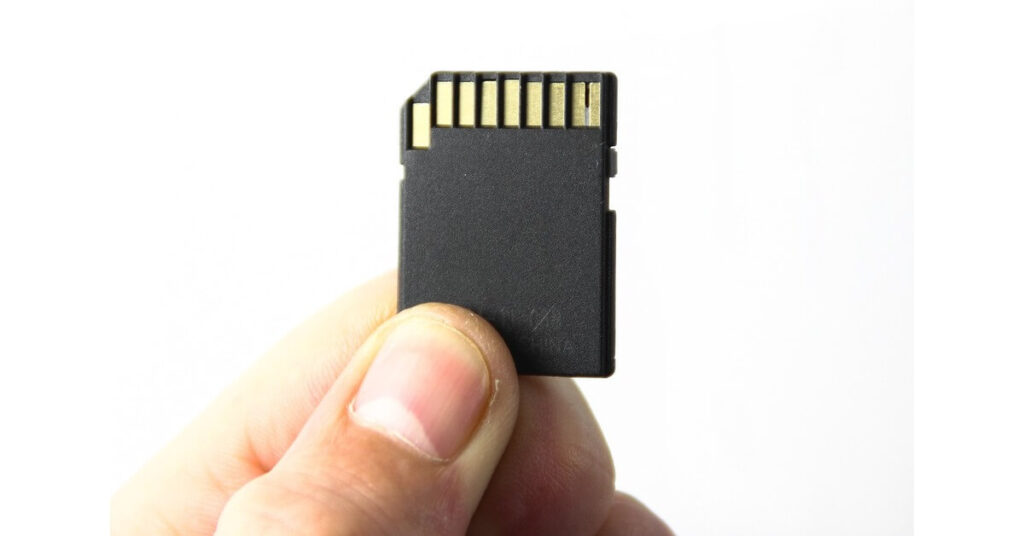Introduction
In the first step, which is suggesting an introduction, the cardpop l 82v8 emmc b manual L 82V8 eMMC B and its function are to be created. Explain what type of device it is, possibly a SBC, controller, or embedded device, and its most important attribute, for example, the eMMC. Detail why this manual is useful for all people who plan to use this device at the moment when they have purchased it as well as for all people who have already bought it and faced such problems as configuration or failure. That’s why it is necessary to mention that it is quite popular among Internet users or has some specific features if it is possible.
Example Introduction:
The cardpop l 82v8 emmc b manual is a fast, intelligent device that is characterized by eMMC-embedded multimedia memory for smooth integration into the segment of embedded systems, digital displays, and IoT devices. The following page contains information about the Cardpop L 82V8 and how it can be used, and possible solutions to any problems a user may encounter in using this tool.
What does the Cardpop L 82V8 eMMC B mean?
Overview of the Device:
What is the cardpop l 82v8 emmc b manual device? For instance, it can be a microcontroller board or a system-on-module (SoM) solution with eMMC flash.
Target Applications:
Explain what kind of applications—let’s talk about IoT, control systems, or digital displays—could benefit from this device.
What is eMMC storage and why is it useful?
Processing Power:
State the general classification of the CPU together with the RAM and specify special peculiarities of functioning if there are any.
Connectivity Options:
Optional, and explain whether it has Wi-Fi capabilities, Bluetooth, or Ethernet.
Input/Output Interfaces:
Explain it as USB, HDMI, GPIO, and any other ports.
Operating System Compatibility:
Examples include Linux compatibility, Android, and real-time operating systems.
Cardpop L 82V8 eMMC B
First Impression and Basic Test
Record all objects that are in the box and such parts that are required for assembling the product.
Measures to be taken in order to protect the electronic components against using.
Powering Up the Device
Describe what type of power supply is needed and how to plug the device into the supply.
State any standard voltage that has been suggested and also the recommended adapters.
Undoubtedly, the information connected to a display, if applicable, should be quite distinct from the following:
Clear guidance with the process of connecting HDMI or some other connector detail.
Altering of the graphic display for efficiency.
Configuring Network Settings
If it supports Wi-Fi/Brench Ethernet, make the user understand how to set the network properties.
How connectivity problems can be solved.
Chapter Two:
Installation and Configuration of the Operating System
Choosing the Right Operating System
But if you want to go spiffy with it, discuss options that can probably work with the cardpop l 82v8 emmc b manual, like Linux distributions, Android, or possibly other custom OS variants.
Pros and cons of each option.
A clearly illustrated guide to the installation of operating systems
Flashing the OS:
Describe how to write the OS to the eMMC drive using Balena Etcher, Win32DiskImager, or any other burner tool.
First Boot and Initial Configuration:
What does first booting entail? Of course, the first booting involves getting the initial user names and passwords, as well as the initial settings.
Software Update and Management
Ways of updating the OS and the firmware to enhance performance and also to prevent threats such as viruses.
Names of specific tools to use or commands to use (like the apt-get in Debian systems).
Using the Cardpop L 82V8 eMMC B: Basic Operations
Understanding the Interface
Explain how the device interfaces are arranged in the case of the USB, GPIO pins, the HDMI, and so forth.
In this paper, methods of identifying peripherals, along with how to connect peripherals such as keyboards, mice, and storage devices, will be covered.
Storage Management on eMMC
Enumerate ways of dealing with eMMC storage; ways of partitioning, formatting, and storing files.
Checking tools for eMMC memory storage state and activity.
Included under current processes are:
They meant procedures for installing and using an application on the device.
Examples of some of the most used applications in areas of IoT, data recording, or media.
branch of computer science focused on the adaptation of a system’s settings to the needs of the user and optimization of its performance in terms of parameters.
Optimizing and Ovearlocking
Tips on increasing level of performance for CPU and GPU if the video requires it.
If there is any risk associated with overclocking, it should also be pointed out.
This section of the tutorial is about configuring the network and security settings.
VPN configuration with the network and also the firewalls.
This section represents a way to lock the device against anybody else.
Describing Pin for General Purpose Input and Output and Expansion Terminals
Explain the meaning of GPIO pins and whether there are any expansion slots or modules included.
Initiations that demonstrate other connections that can be made, such as sensors or relay modules.
Troubleshooting Common Issues
Boot Issues
Possible causes of why the device is not booting and possible solutions for each of the causes.
Steps if the device needs to be rebooted for whatever reason.
There are now some conjugate and interactive display and connectivity issues in the domains.
intermittent network connections.
Changing configuration settings in order to correct display or connection problems.
Software and application errors
How to fix failed installation of software.
Applying logs to don’t lose an opportunity to note the mistakes and solutions.
Firmware and eMMC Maintenance
Updating Firmware
Explain how the firmware update works and why it is important to have one done to a device.
Guide on how to download and install firmware upgrades as well as how to install firmware updates.
Maintaining eMMC Storage
Further, some of the best practices to prolong the lifespan of eMMC storage include avoiding any unnecessary reading and writing operations.
What to do when it is necessary to copy data from eMMC storage to an external device.
This section includes the most general and important questions that are asked most frequently. Frequently Asked Questions (FAQ)
Provide a FAQ section to address common questions users might have, such as:
possible to increase the storage on the Cardpop?
What is the regarded life of the eMMC storage? How does one protect and prolong its life?
Perhaps you should clarify whether it is possible to boot two and more operating systems on the same device.
Conclusion
Conclude the advantages of applying the cardpop l 82v8 emmc b manual to understand how the guide contributes to maximizing the potential of a device. Cite all the readers should follow every part of the manual to make the best out of their device.
The Cardpop L 82V8 eMMC B is indeed a highly flexible and high-performing multichip solution suitable for IoT, industrial control, and other applications. By so doing, users shall be in a position to effectively install, configure, and maintain their device for more fluid usage in the future.







